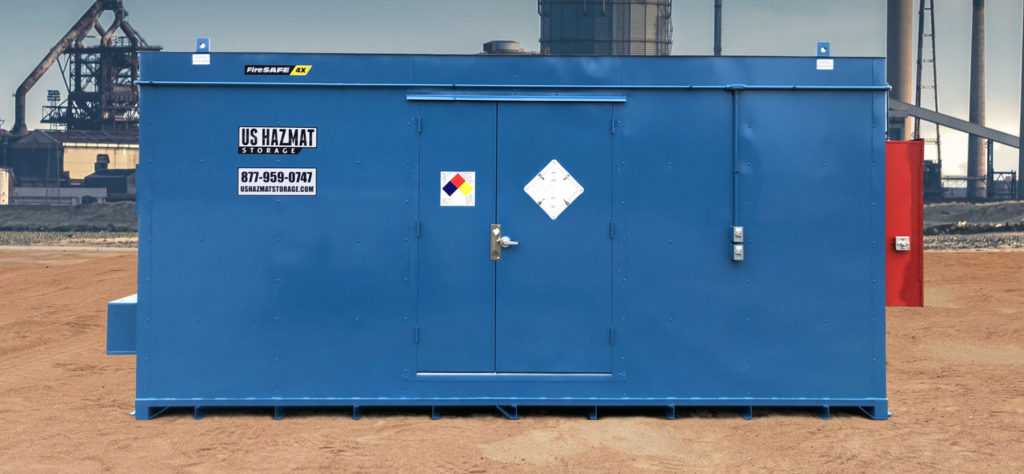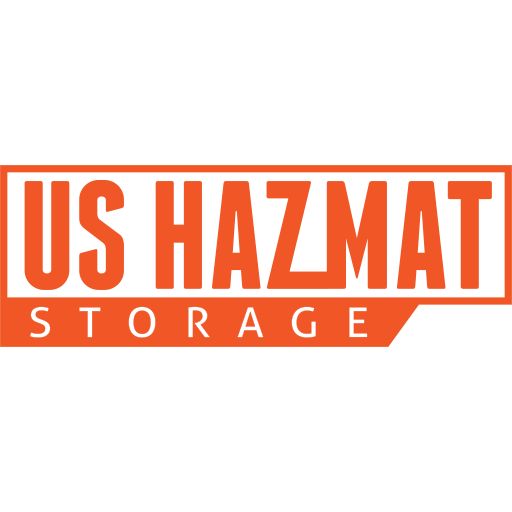When people hear the phrases industrial disaster or damage, fiery images of melted steel and soaring chemical flames often come to mind, but in most industrial settings, the most loss comes over time. Aside from lasting physical impairments from improperly storing hazardous chemicals, placing precious metals near corrosive materials, such as acids or bases makes about as much sense as putting these same items on human skin.
Properly storing corrosives to metal

Like any other dangerous industry chemical, proper protocol and storage should be considered when handling corrosive material. Our steel welded chemical storage buildings would provide more than enough protection for your precious metals from corrosive chemicals. Smaller container storage could also be an appropriate means of storage. Various national safety agencies also recommend storing corrosive materials in well-ventilated and cool areas. You should also store these chemicals below eye level, and with a containment sump that can handle spills. Check out all of your options for proper chemical storage.
Common Examples of Corrosive Chemicals
- Imidazole
- Glycolic acid
- Sodium Hydroxide (base)
- Amines
- Hydrochloric Acid
- Sulfuric Acid
- Bromine
- Ammonium hydroxide (base)
- Potassium hydroxide (base)
What are Corrosive Chemicals Used For?
Corrosive chemicals can be divided into two distinct categories: base and acids. Differing molecular structures and chemical compositions make up a wide variety of products that are used in industrial and commercial settings. Bromine, for example, is most commonly used as a fire retardant, but can also be found in the medical community as a sedative. On the opposite end of the spectrum, sulfuric acid is used in the manufacturing of fertilizers, explosives and detergents. While these chemicals possess unique structures and properties, they share one thing in common: they can cause extreme damage to human tissue, and must be handled with extreme caution.

